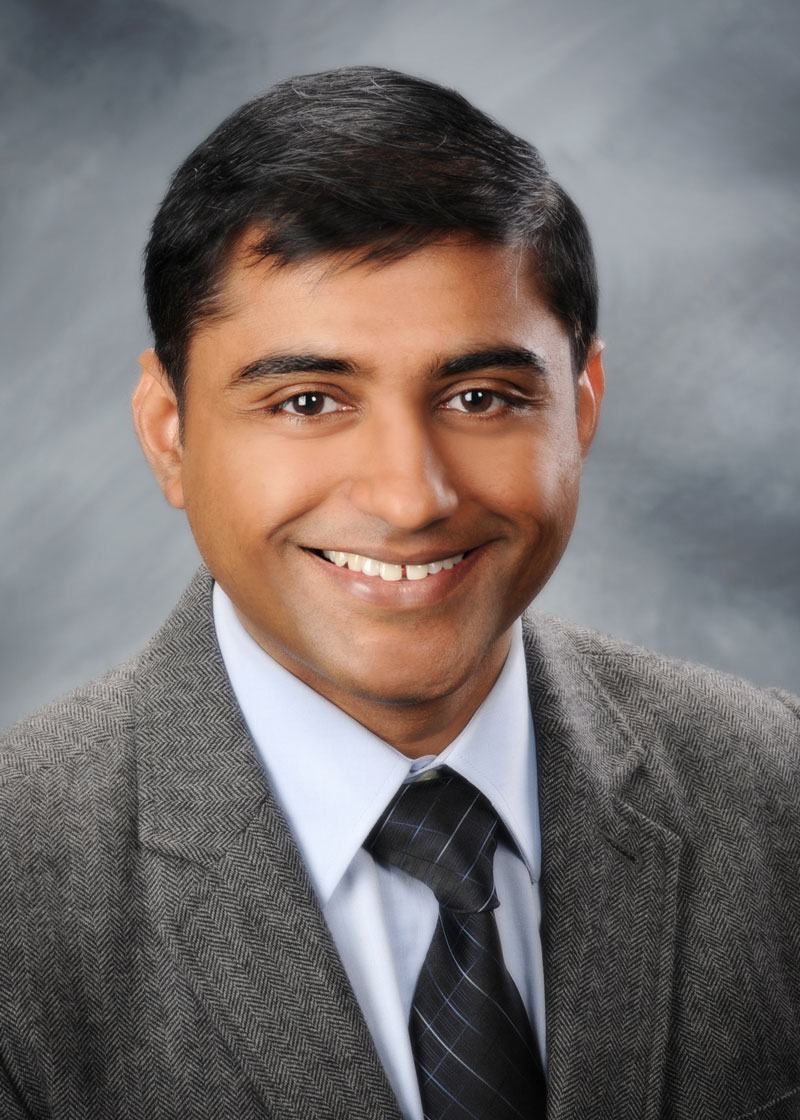Grant helps fund research into violent flash mobs
Thanks to a new grant, a University of Arkansas at Little Rock researcher is expanding his investigation of cyber flash mobs — particularly those that lead to violent or damaging behavior.
A U.S. Army Research Office grant will provide nearly $300,000 during the next three years to further the research of Dr. Nitin Agarwal, Jerry L. Maulden-Entergy endowed chair and UALR professor of information science.
The award — Agarwal’s third in the past six months — is funded by the Army Research Office under the Social and Cognitive Networks program within the Network Sciences division. It provides Agarwal with $82,338 for the first year of his project, “Towards Predictive Modeling Deviant Cyber Flash Mobs: A Socio-Informatics Driven Hypergraph Framework.”
Agarwal’s project will analyze the formation of cyber flash mobs, investigating how and why the gatherings occur and why they’re so effective.
A relatively new phenomenon rooted in Internet communities such as Facebook, Twitter, and blogs, cyber flash mobs are defined by Agarwal as “self-organized groups of individuals who get together at a public place or even Internet (cyber) spaces, perform an unpredicted act, and quickly disperse into anonymity.”
Though the activities of these groups can range from dance performances to peaceful protests, numerous groups promote violent, extremist, or otherwise negatively disruptive behavior. The project will focus on the science behind the mob-building tactics of these online groups that may have a physical manifestation.
The central goal of the research is to develop an accurate, practical model for predicting how and if an extremist group will launch a cyber flash mob. To accomplish this, Agarwal and graduate student assistants working with him will gather data on past violent cyber flash mobs.
They will then analyze the information, pinpointing the common elements in the groups’ strategies.
Agarwal suggests that rhetoric and network ties are critical for flash mob mobilization. By creating a unified identity through their online messages, these groups can heavily influence the thinking and steer the behavior of their audience.
This new project builds on Agarwal’s already significant body of social media research and behavioral modeling. It is part of a larger research program in his social computing lab, including efforts that are funded by the U.S. National Science Foundation, U.S. Office of Naval Research, U.S. Air Force Research Lab, and U.S. Army Research Office.
More details on these projects can be found on Agarwal’s project website.
